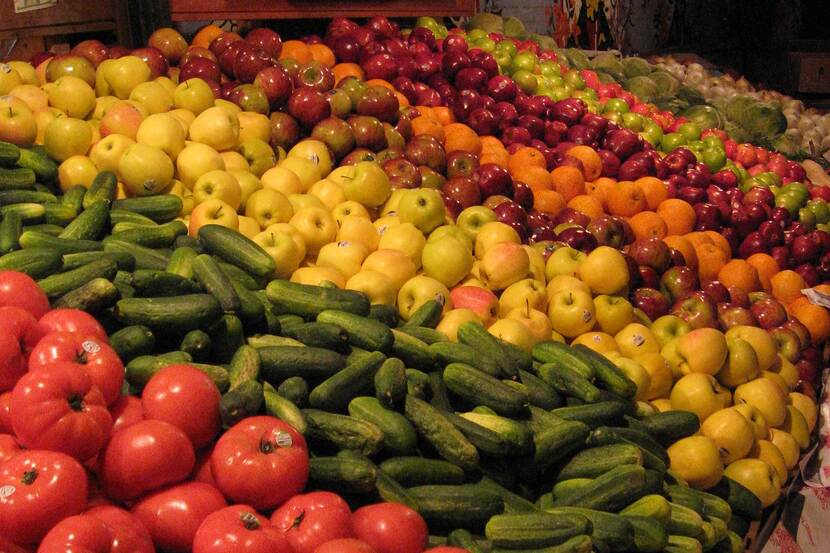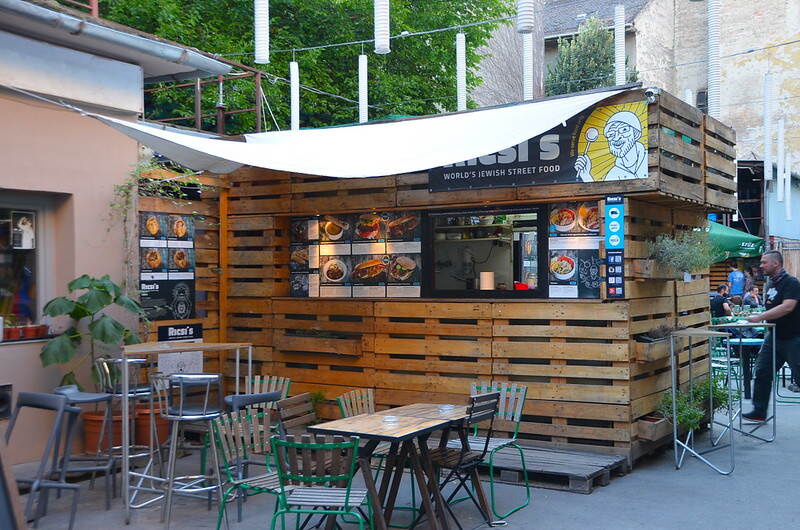Hungary Newsflash Week 28
Post-COVID-19 subsidies, agroeconomic macro figures, poultry industry news and rising food prices - The last week in Hungarian agriculture

€59.5 million for post-COVID-19 agro subsidies
Minister for Agriculture István Nagy announced this week that the Ministry has developed a crisis management financial instrument worth €59.5 million for agricultural and food industry companies. The purpose of the program is to ensure the country’s food security and preserve over 140 thousand jobs. Out of this package, €22 million will go to the food industry, another €8 million is dedicated to the poultry sector, while the list of industries include floriculture, viticulture, apiculture, equine breeding and vegetable horticulture.
In the near future, the ministry will launch another development program worth €278.1 million, out of which €139 million will be dedicated to animal husbandry. Meanwhile, the subsidy regulation will also change, raising the maximum individual subsidy ceiling from €1.39 million to €5.56 million – Which is, according to the Minister, more in line with the financial needs of establishing animal husbandry facilities optimized for modern animal welfare and ecological standards.
Macro figures show the price increase of labor
A recent analysis of the Hungarian agroeconomy published by Takarékbank shows that in the past twenty years, labor has gradually become more and more costly in the agro sectors. While employee income increased proportional to the net production output of the agroeconomy until 2008, in 2010 the trends changed and labor became disproportionately expensive in the sector.
Compared to the base year 1999, both per capita output and per capita income figures reached their contemporary all-time peak of roughly 250% in 2008, while employee income was about 10.4-11.9% of the total production output. However, following a production output plunge in 2009, employee income continued the previous, steeper growth trend while production increased at a much slower pace – By 2017, per capita output compared to the base year only increased to 295% while per capita income reached 393%, employee income making up for 14.9% of the gross output of the domestic agroeconomy. This is only partially due to the increase of transparency in agriculture and the shrinking of the black market.
According to the writers of the study, there are three possible ways to adapt to the circumstances, but none of them are viable in the short term. The first is the structural adoption of higher value added production methods. The second is the “branding” of the agroeconomy, making agricultural careers more attractive to younger generations, thus increasing the labor available in agriculture. The third possibility is the adaption of recent technological developments in the agro sphere.

Poultry meat supply stable despite Avian Flu but COVID-19 presented challenges
Hungary’s self-reliance on fowl products is at 180% according to the Hungarian news agency MTI. The chicken meat supply is 130-140% of the domestic demand, turkey is at 150-160%, while water fowl meat is at 200-220% - The figures showing the very clear export focus of the domestic animal husbandry industry.
In the January-May period of 2020, 89.7 million animals were sent to domestic slaughterhouses, producing 278 thousand tons of poultry meat, the overwhelming majority of which, 82.4% was chicken, while 13.1% was duck, 3.2% turkey, 1.1% geese, with the country’s poultry export in the period totaling €166 million and import €59 million. Compared to the same period in 2019, export decreased by 14% while import increased by 10%.
While the culling of 4.8 million fowls as a part of the veterinary measures employed against the avian flu livestock pandemic did not hit the sector too hard, the COVID-19 crisis led to issues on multiple fronts, including labor shortages, increased administrative burdens and demand shocks that originated in the tourism and catering sectors and traveled up the supply chains.
Food prices still continue to rise
Based on the recent figures by the Central Statistical Office, consumer prices continue to increase in Hungary. Following the May inflation trend of 2.2%, consumer prices in June were 2.9% higher than last year’s average values and 0.4% higher than a month before. Inflation in the first six months of the year had a mean value of 3.4%.
Last month, mean food prices were also 7.8% higher than the price levels in June 2019. Sausages and luncheon meats were 20.5% more expensive than a year before, seasonal fruit and vegetable prices increased by 18.1%, pork meat by 17%, sugar by 14.2%, and salami, luncheon sausages and ham by 10.8%. However, the mean food prices of last month overall decreased by 0.4% compared to May. Generally, the low price of fuel still holds consumer price increases more or less in check. However, the Central Statistical Office warns that their recent figures might be distorted by the fact that the COVID-19 pandemic presented difficulties and obstacles to data gathering in the field.
More information on the factors that shape food prices in Hungary can be found in our article here.
Photo credit:
Cover: "fruitstand.JPG" by Sharilyn Neidhardt, via Flickr.
"order at the window" by Adam Fagen, via Flickr.